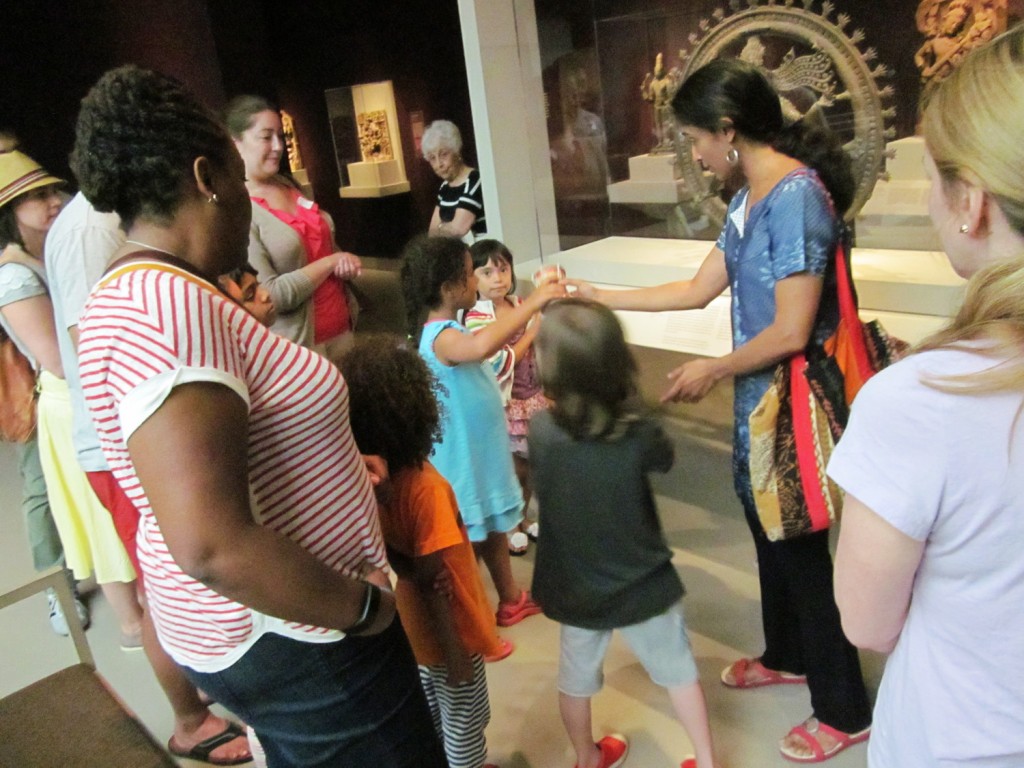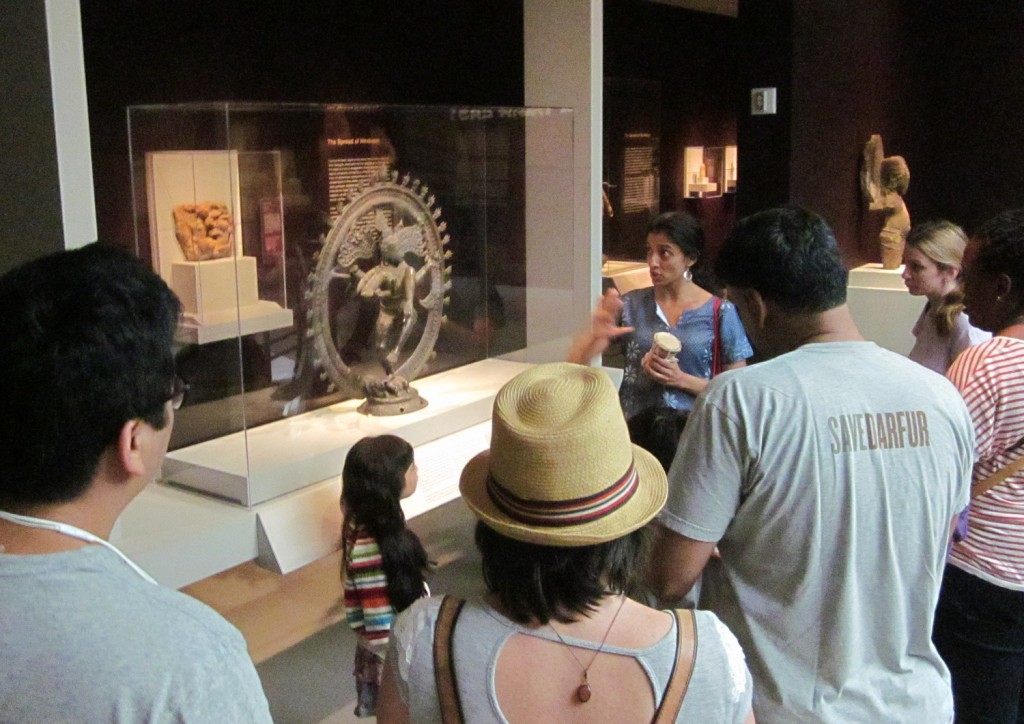Running a museum takes a whole team of professionals whose different skills help make the Rubin Museum of Art one of the premiere places to visit. In this Staff Connection, we meet Gail Goldspiel who shared with us some unique personal experiences, her role as Coordinator of Youth and Family programs at the museum, and ongoing passion for museum work.
![gail photo for blog[3]](http://education.rma2.org/wp-content/uploads/2014/08/gail-photo-for-blog3-e1408471668844-300x277.jpg)
RMA: Tell us a little bit about yourself and what you do at the Rubin Museum.
GG: I am the Coordinator of Youth and Family Programs here at the Rubin. I help with family and toddler programs as well as K-12 school programs. Once a week, I lead Yak Packers; our art-making program for toddlers, and once a month, I lead our new Family Sundays drop-in program. For school programs, I schedule and book our class and camp tours and primarily lead our art-making workshops, but occasionally give museum tours. I really find it rewarding helping in these many ways and being involved in as many different capacities as I can.
RMA: Where are you originally from and how did you end up at the Rubin?
GG: I’m originally a New Yorker! I’m from Queens, New York and went to high school in the heart of Flushing. I love the bustle of the city and how there’s always a new museum exhibit, public art installation, festival, or street fair to see. I left the city for college, when I went up to Brandeis University in Waltham, Massachusetts. It was there that I really became involved with creative writing , my major, the Festival of the Arts, and the Rose Art Museum. After Brandeis, I was inspired to go into the arts/museum field and enrolled in the Museum Education program at the Bank Street College of Education. I came to know the Rubin quite well through Bank Street, and attended many open houses and educator events. I feel like everything has come full circle, because I’m really excited to now prepare for the same educator events that I once attended and help host them with our great team here!
RMA: What are some recent, upcoming or current projects you are working on at the Museum?
GG: Right now as the summer ends, we are getting ready for the fall school year by ordering supplies and making sure we are set to go when schools start coming in, in just a few weeks! We are all getting ready for and excited about the new exhibitions and programs and are thinking about upcoming tours, workshops, and programs that can relate and how we can continue to prepare for, enhance, and expand upon them.
RMA: Out of all the current exhibitions at the Rubin Museum, which one is your favorite?
I started when Bodies in Balance had just opened, and now that its ending, I have to admit, I’m a little sad to see it go. I feel like I’ve really been able to get to know the exhibit from studying its artworks and medicinal herbs, to determining if I am in balance mentally and physically, to understanding which force (wind, bile, or phlegm) I gravitate towards the most. It was truly a fascinating exhibition to explore and come into. Some of my favorite objects in the show are the hand-made amulets we always make sure to show our students, the Medicine Buddha palace, and the Medicine tree. I’ve also grown very fond of the outstanding and very unique medicine protectors that I always try to show students on my tours.
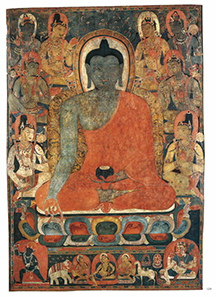
RMA: What’s the most interesting or unusual thing you’ve experienced working at the Rubin Museum?
GG: There have been several unforgettable and interesting events here at the Rubin that I’ve been able to participate in and assist with since I’ve started. From the recent and very successful Block Party, to the Dream-Over in May, these events and experiences have been unique, fascinating and truly memorable. I have never participated in an event quite like the Dream-Over. It was truly a new experience to see so many people come into the museum with their pillows, blankets, and sleeping bags and settle comfortably under the artwork while also having rich conversations about dreams. It is an experience I would definitely take part in again. I read a poem I wrote about the Teaching Buddha and a short story I wrote about the Future Buddha and giving my stories to my guests to keep at the end was one of the best gifts I’ve given in a long time. It was an unforgettable experience as a whole, from sleeping under the Lukhang Murals on the third floor to walking through the galleries as the lights were dimmed and the floors were silent, even with all of our sleeping guests. I encourage everyone who can to participate in the Dream-Over.
RMA: What advice would you give to someone who wanted to follow the same career path?
GG: For a prospective museum educator, I would advise as soon as possible becoming as connected to the network of great museum educators and teaching artists in the city. It’s really important to join the networking organizations in the field and attend as many museum events as possible. The first organization I learned about and immediately joined at the start of Bank Street was NYCMER (NYC Museum Educators Roundtable) and since then, I’ve met many talented and wonderful museum educators who I’ve really gotten to know through monthly programs and educator events. One can become more and more involved, and since joining, I’ve worked on the NYCMER conference committee!
RMA: What do you do when you’re not at the Rubin Museum?
GG: When I’m not at the Rubin, I try to stay really active in the museum community and keep myself busy with NYCMER and another arts organization, ELNYA (Emerging Leaders of the New York Arts) where I serve as a fellow and help plan and create events / programs for emerging arts professionals. I also like to give back to Bank Street as much as I can and when I’m available, volunteer as a Museum Education Ambassador for prospective students. When I’m not busy with museum activities, I like to exercise (ride bikes, jog, walk through the city) and explore new restaurants, cafes, and street festivals. This summer, it’s been nice taking some weekend trips and exploring the art and museums in nearby towns like Beacon and Greenport, NY and hopefully before the end of the summer, Cold Spring.
RMA: If you could travel anywhere in the Himalayas where would you go and why?
GG: If I could travel anywhere in the Himalayas, I would really like to go to the heart of Nepal, because in my short time here, I’ve already heard so much about the region, seen such amazing photos, and now know it’s a must-visit destination and place I must go in the near future. Now that I’ve used images and photos of Himalayan Asia in workshops and tours, I would especially love to see Mount Everest, the Kathmandu Valley, and all of these breathtaking mountain top views in person!



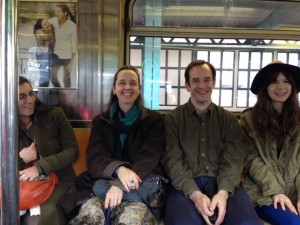
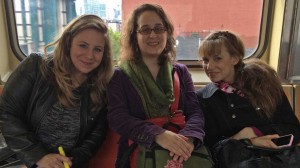
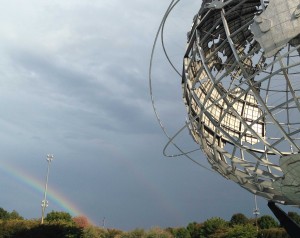
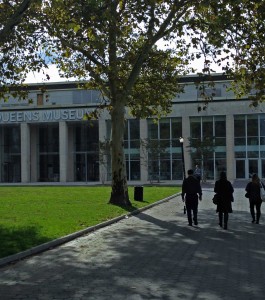


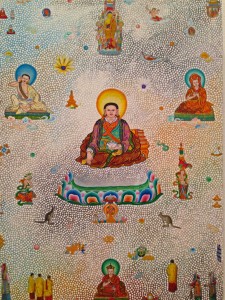
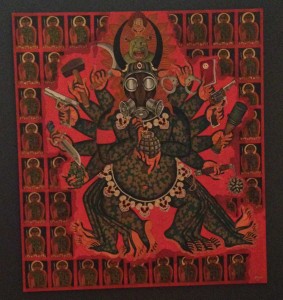


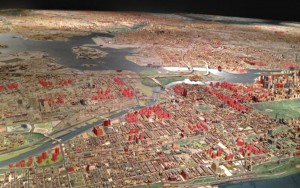
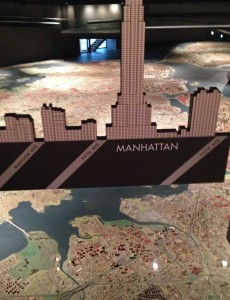

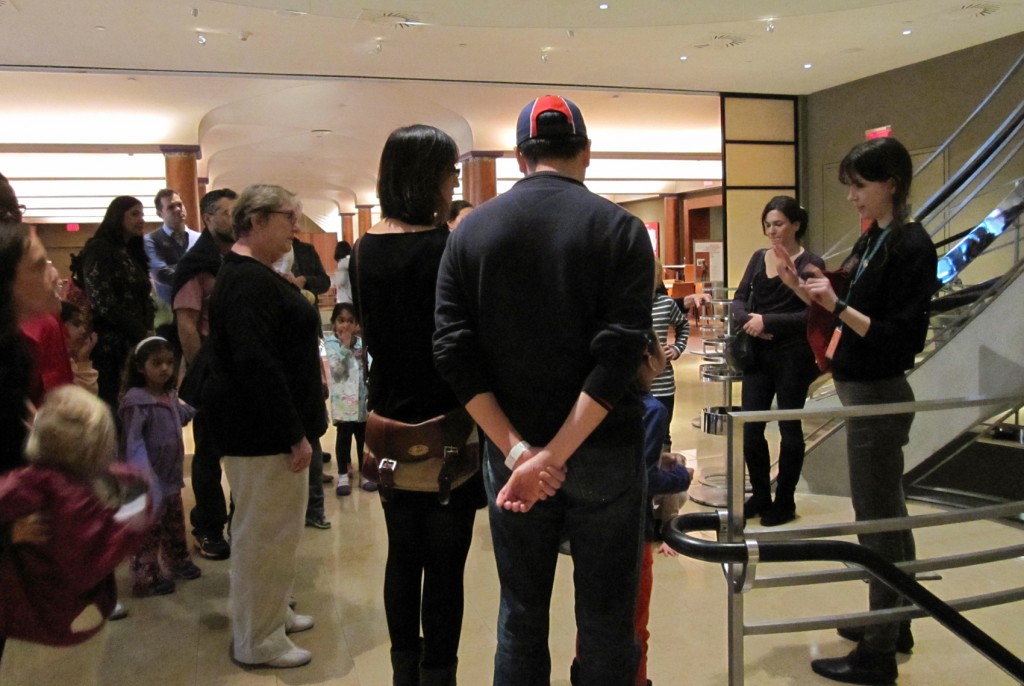
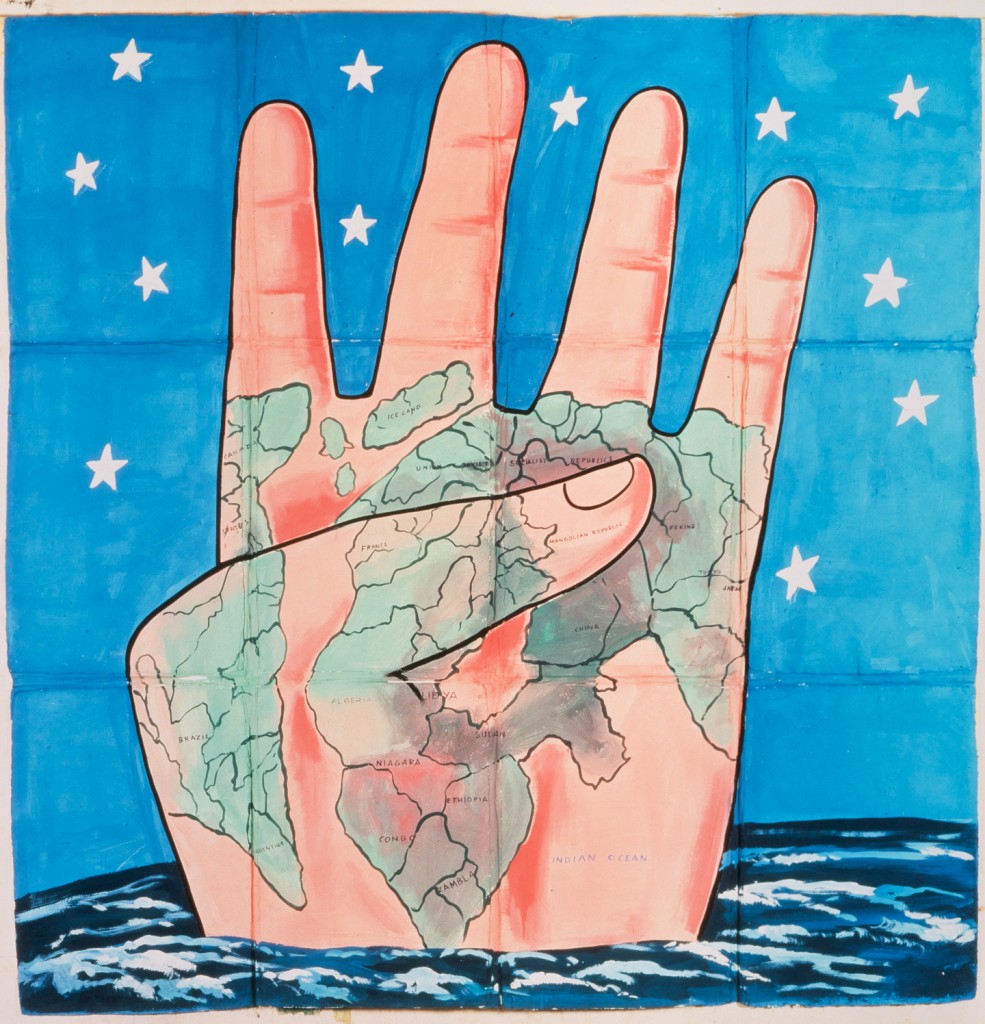
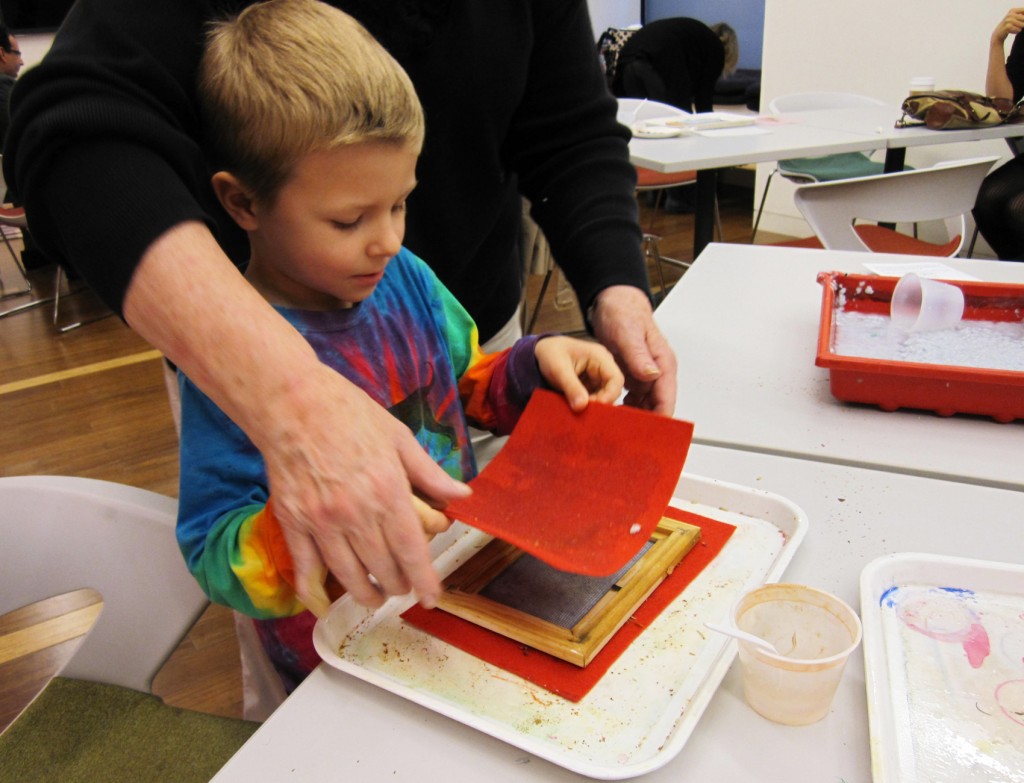
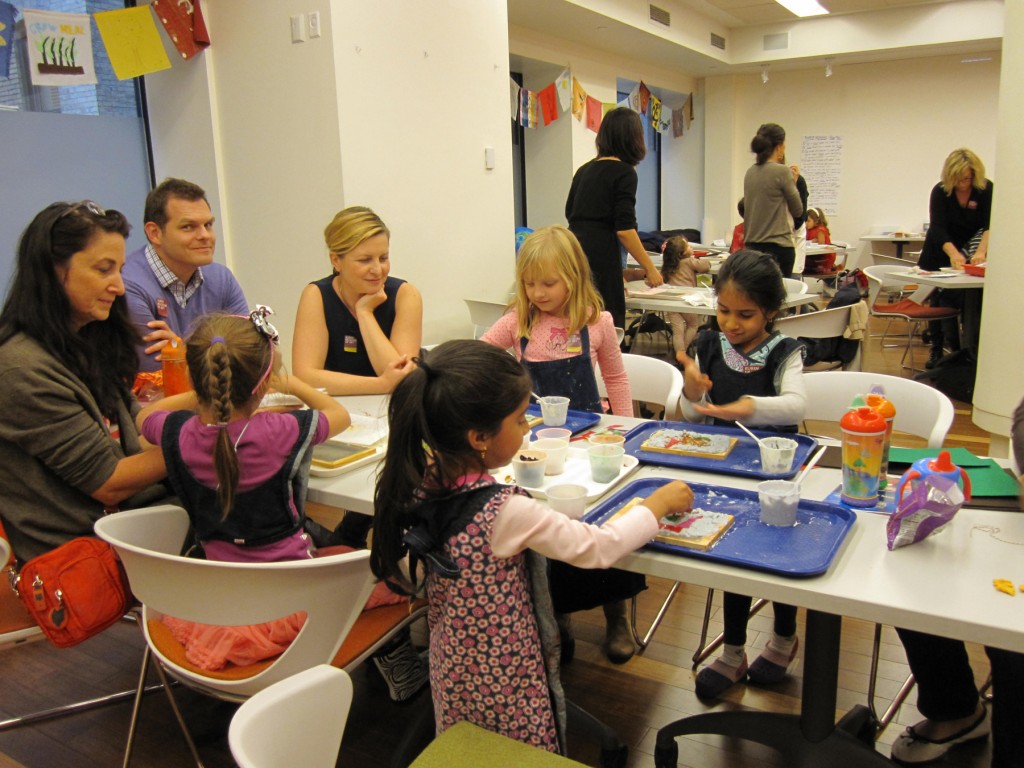
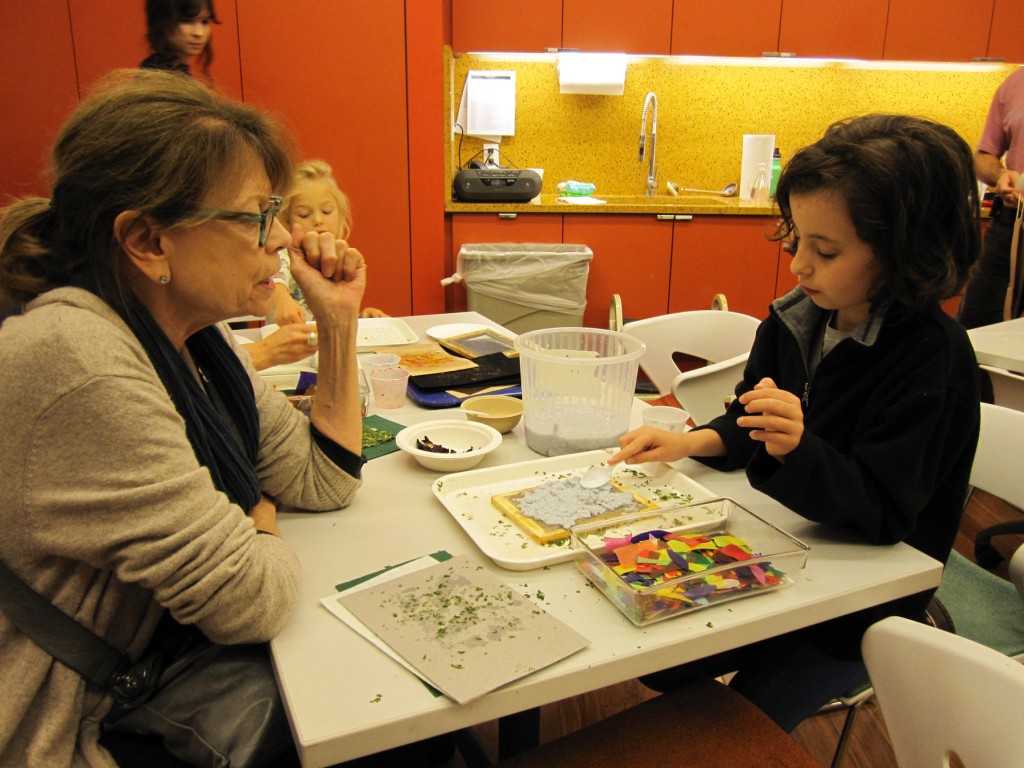
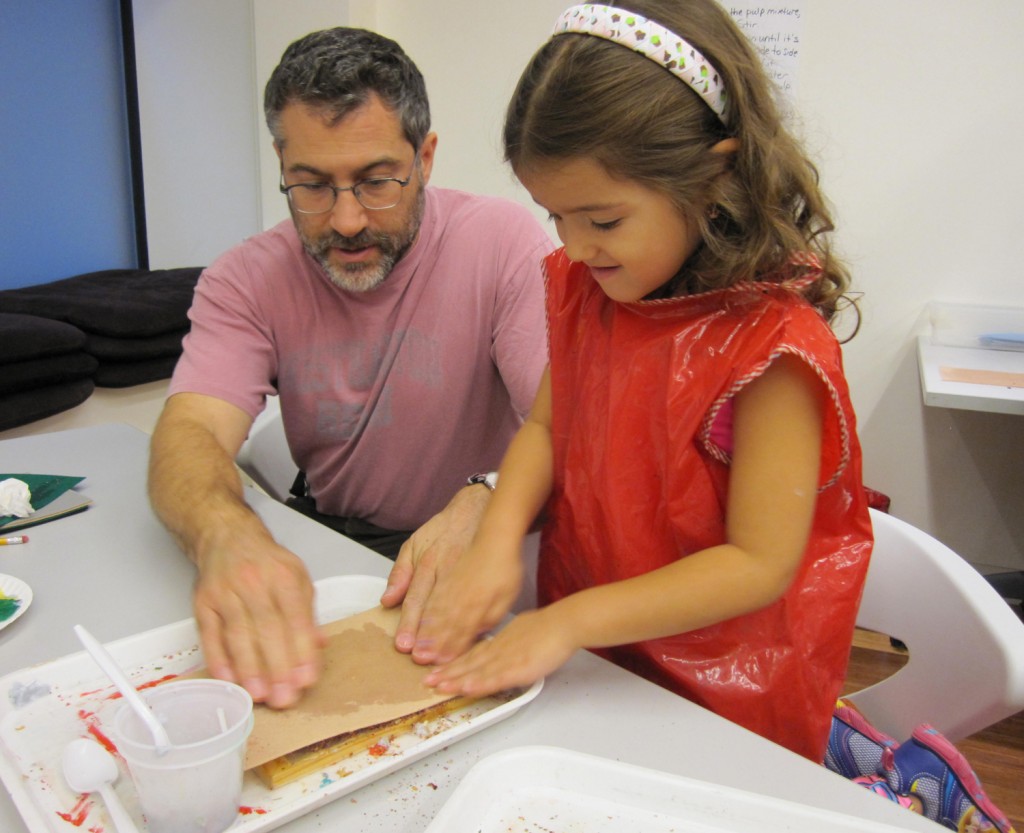
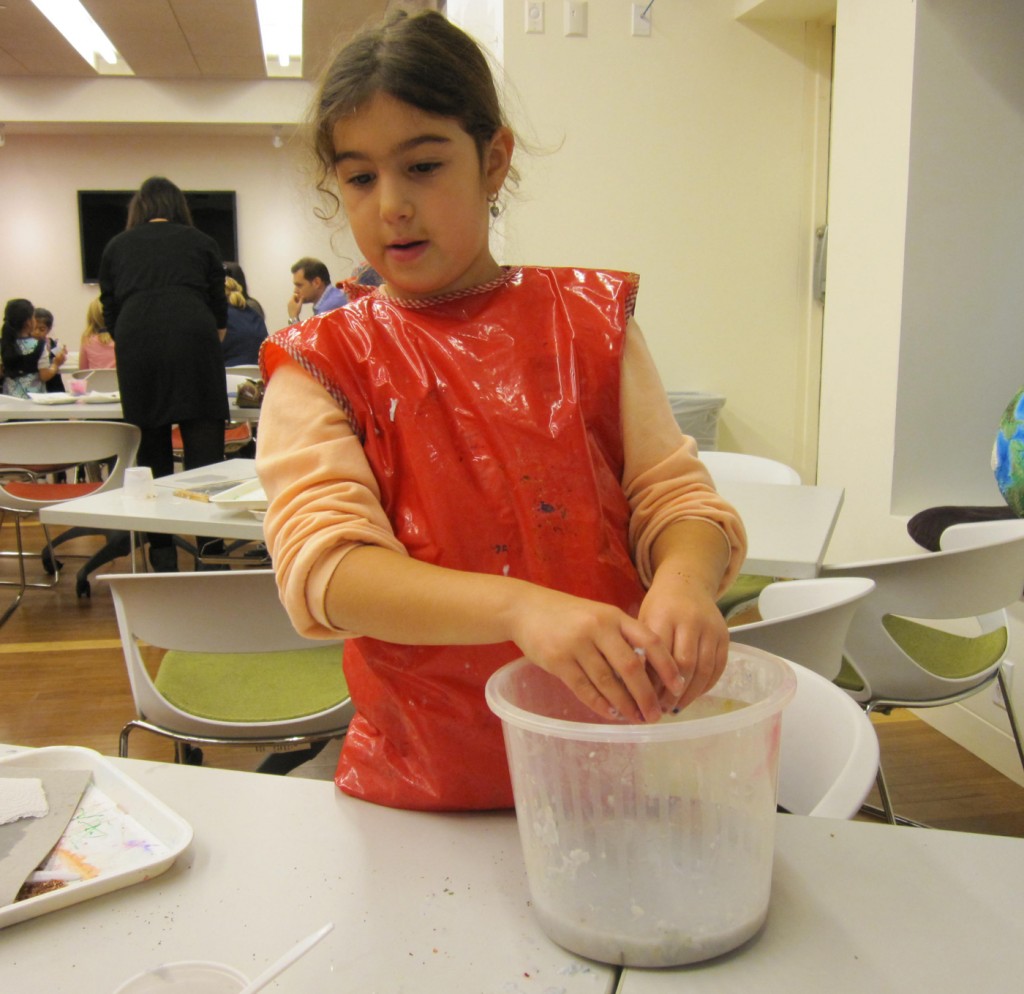
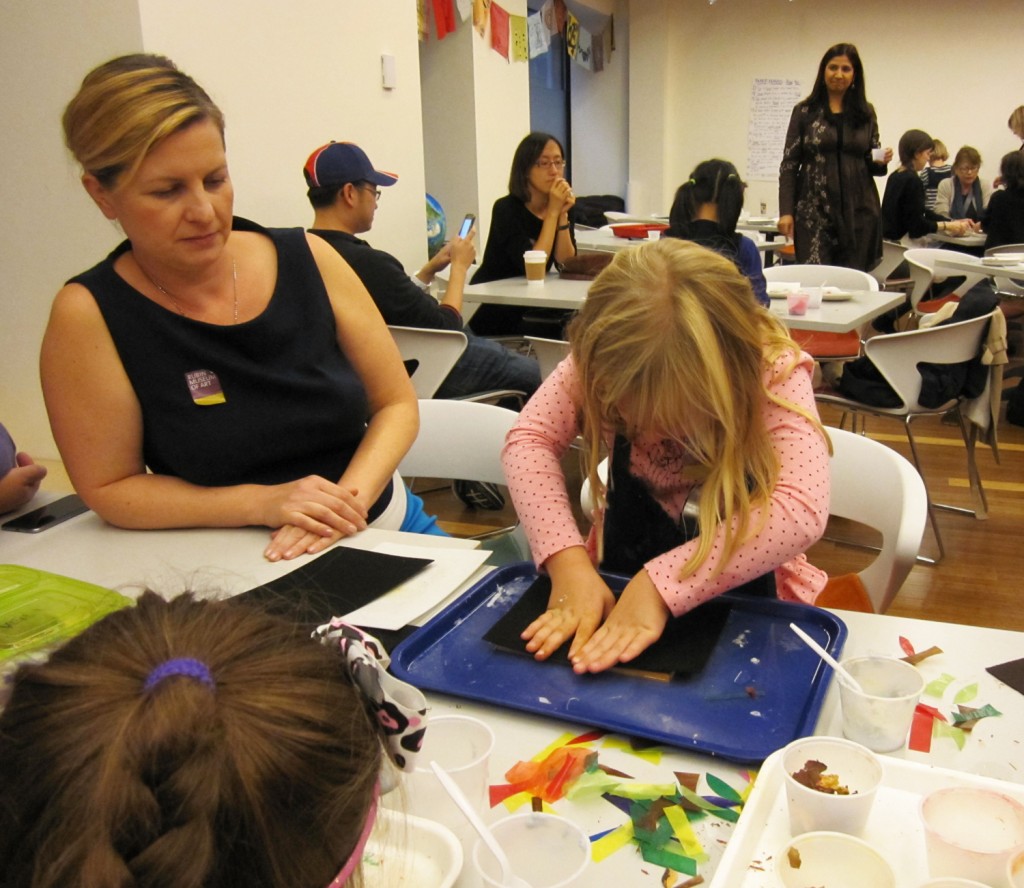


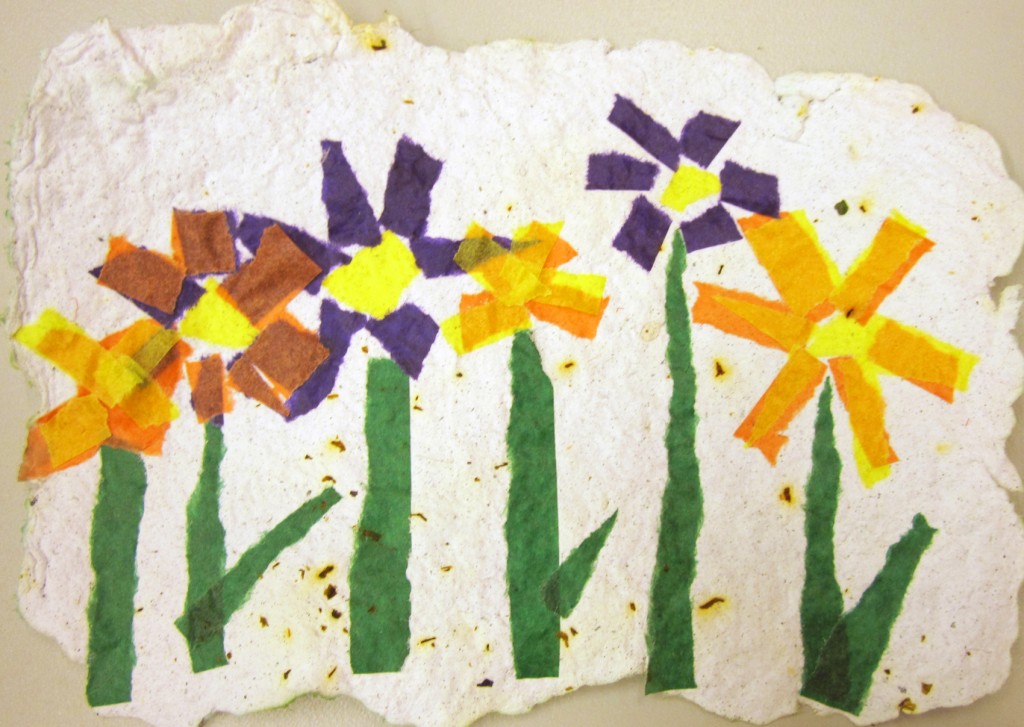


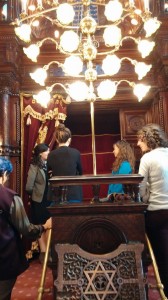

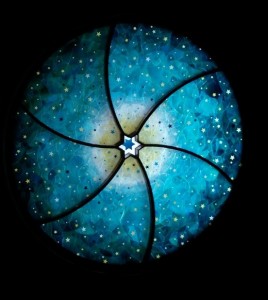
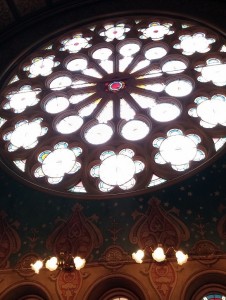
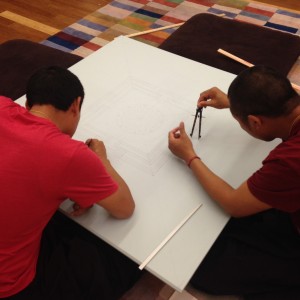
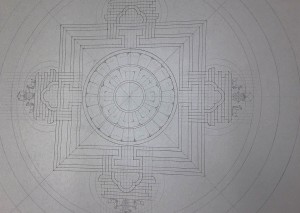
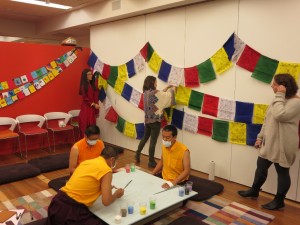
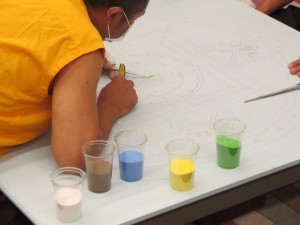
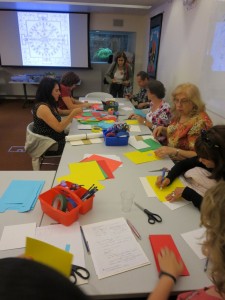
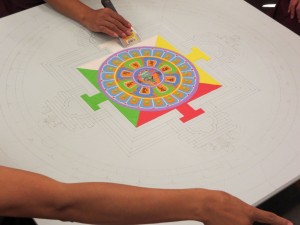
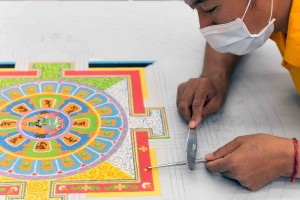
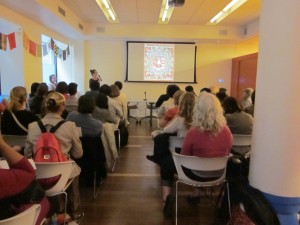


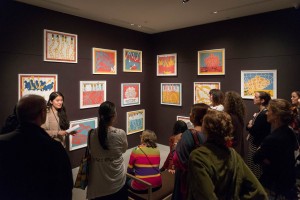
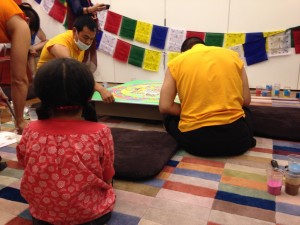
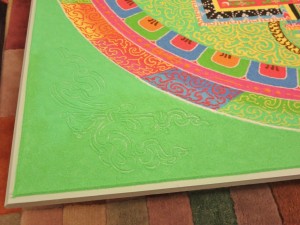
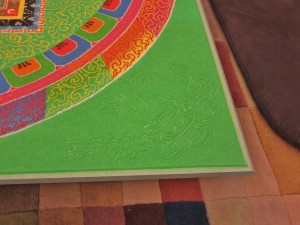
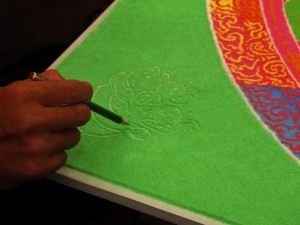

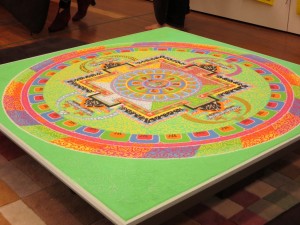


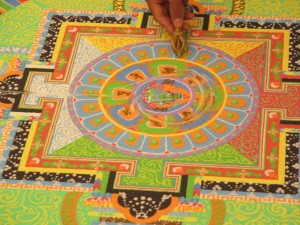
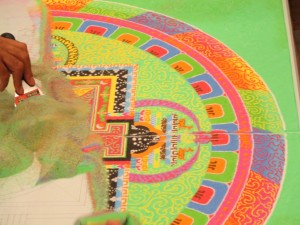
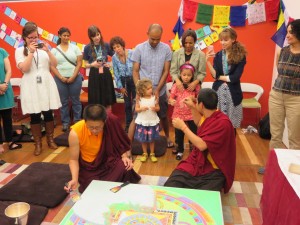
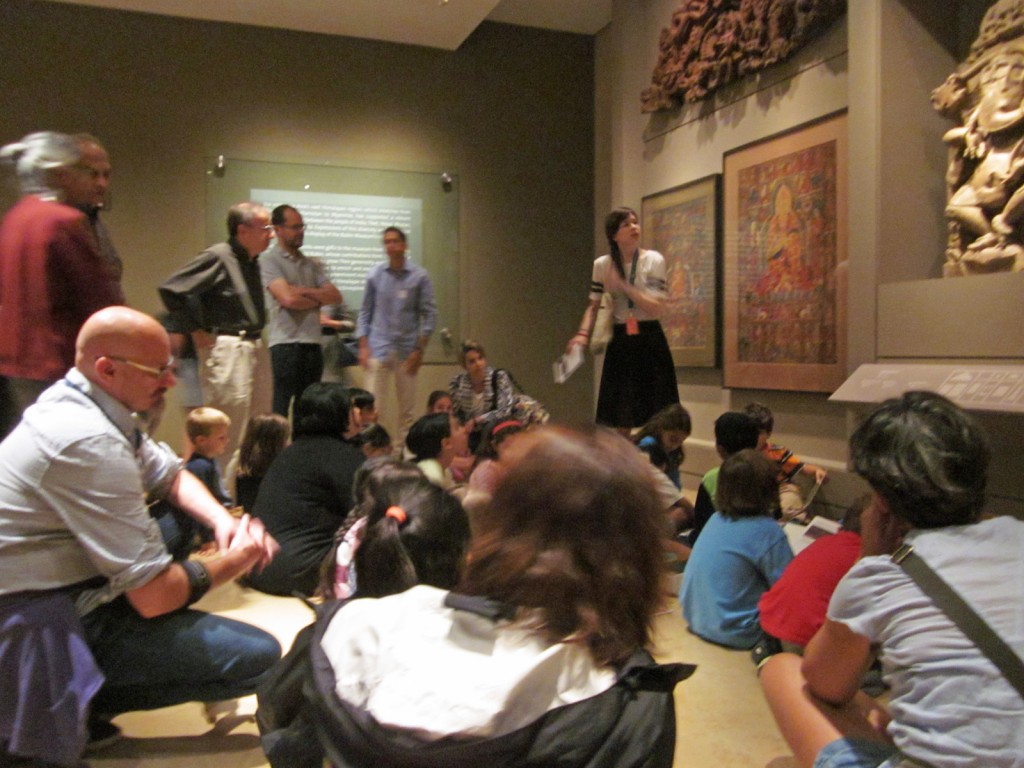

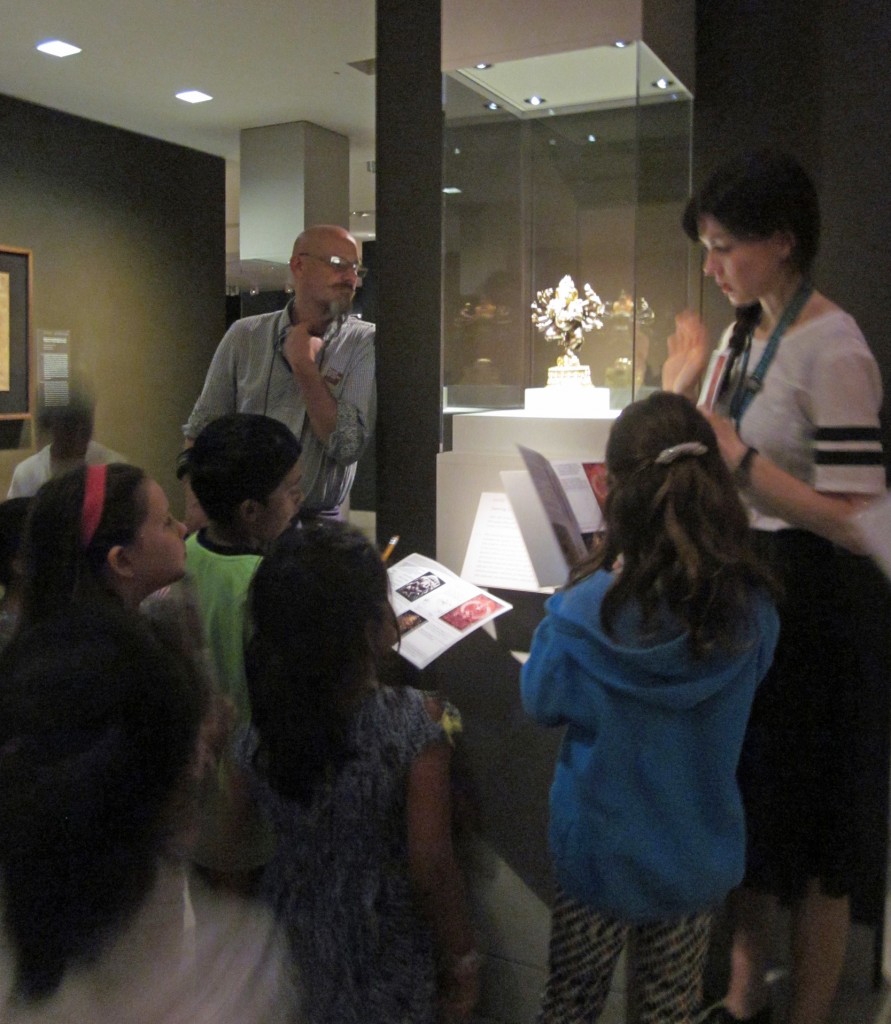
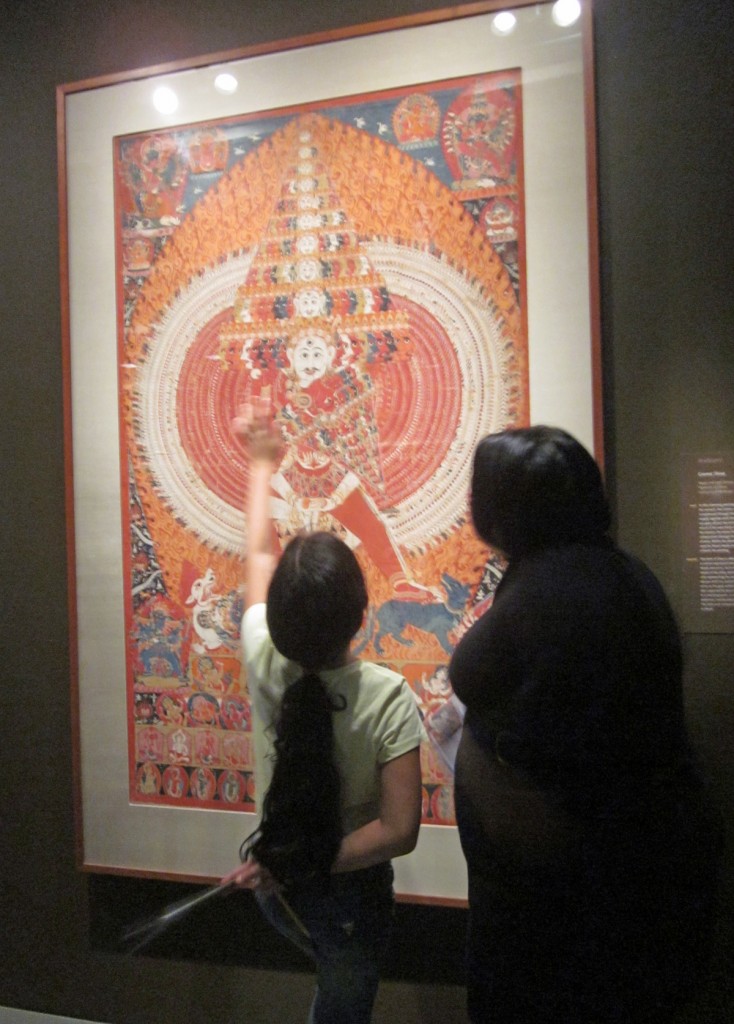
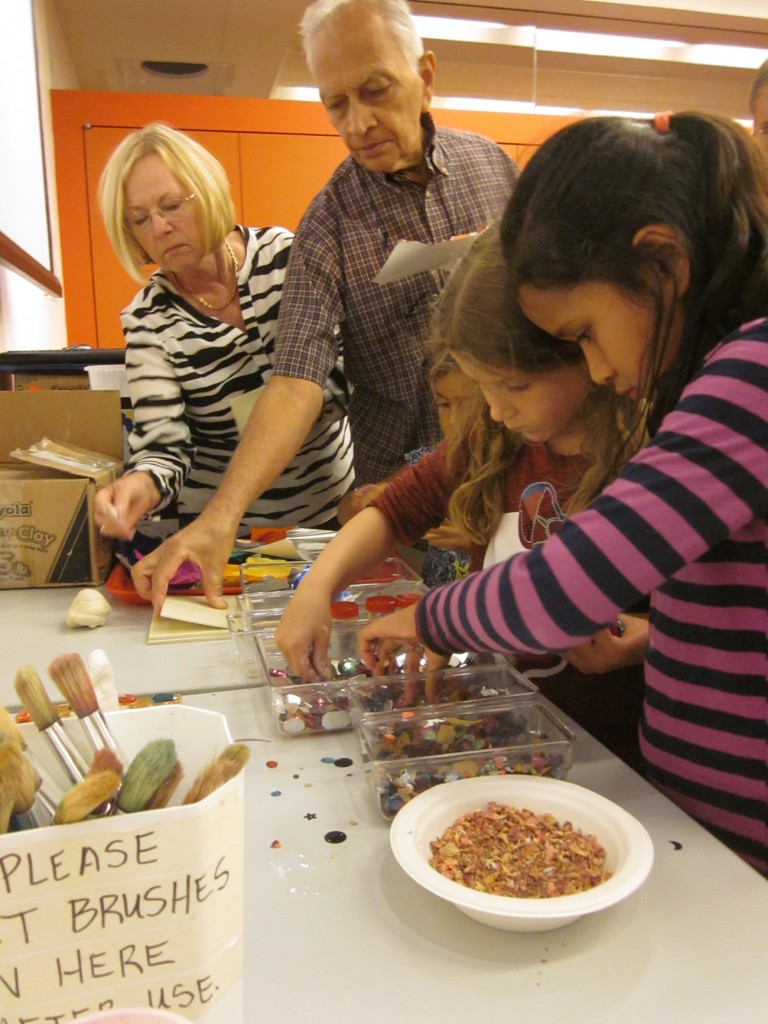

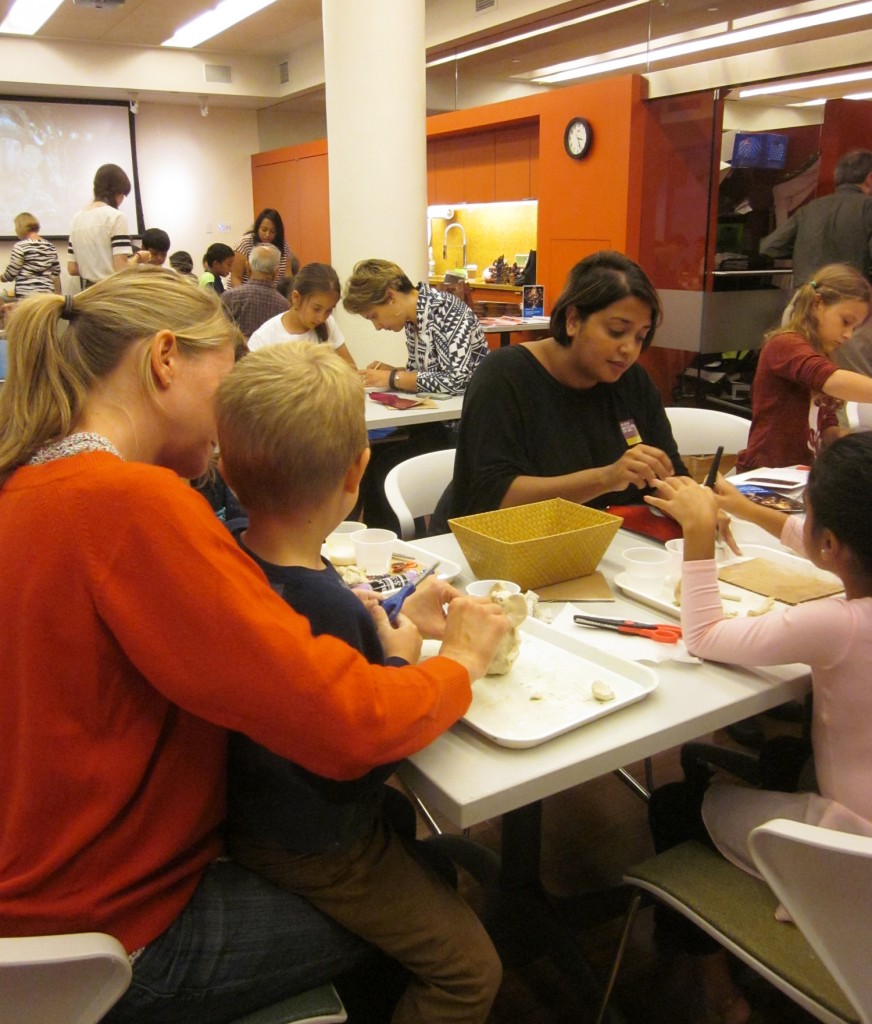
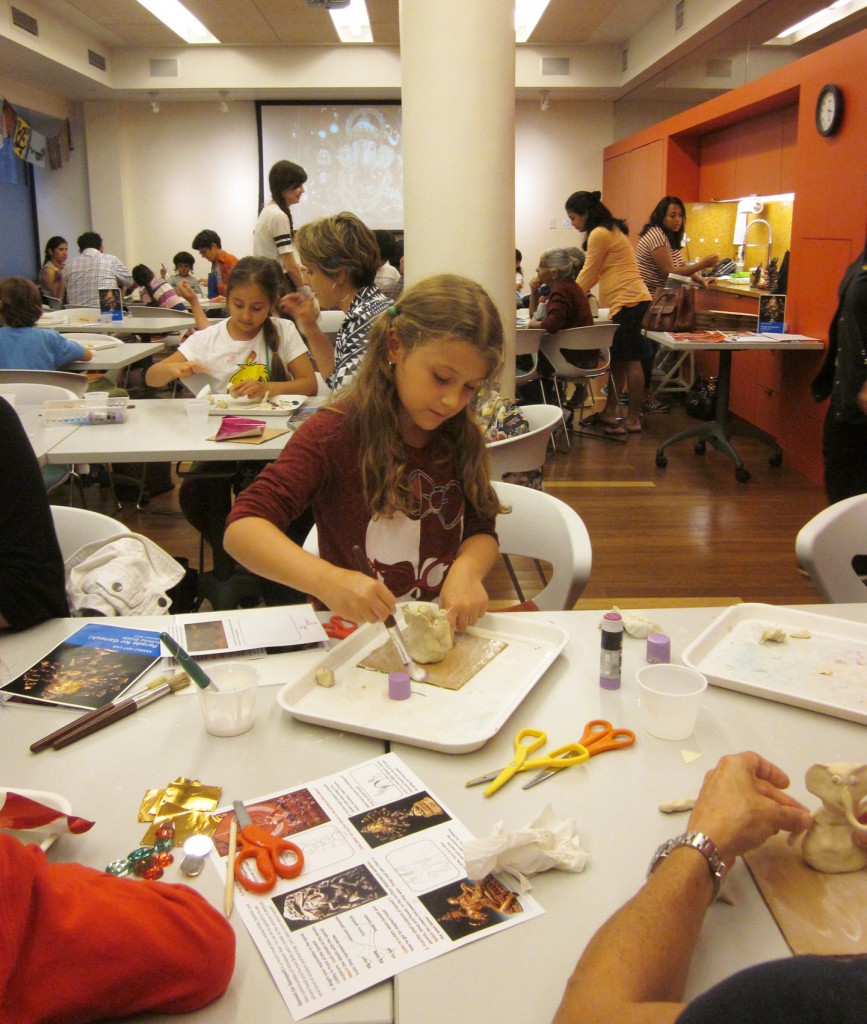
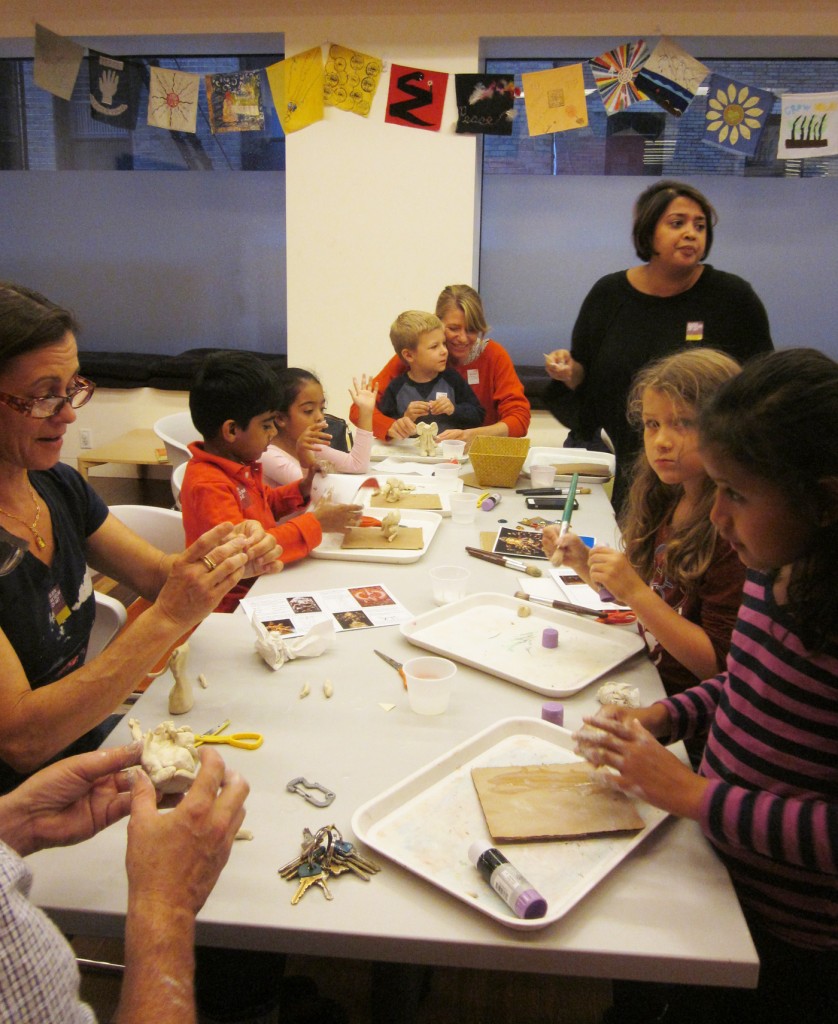

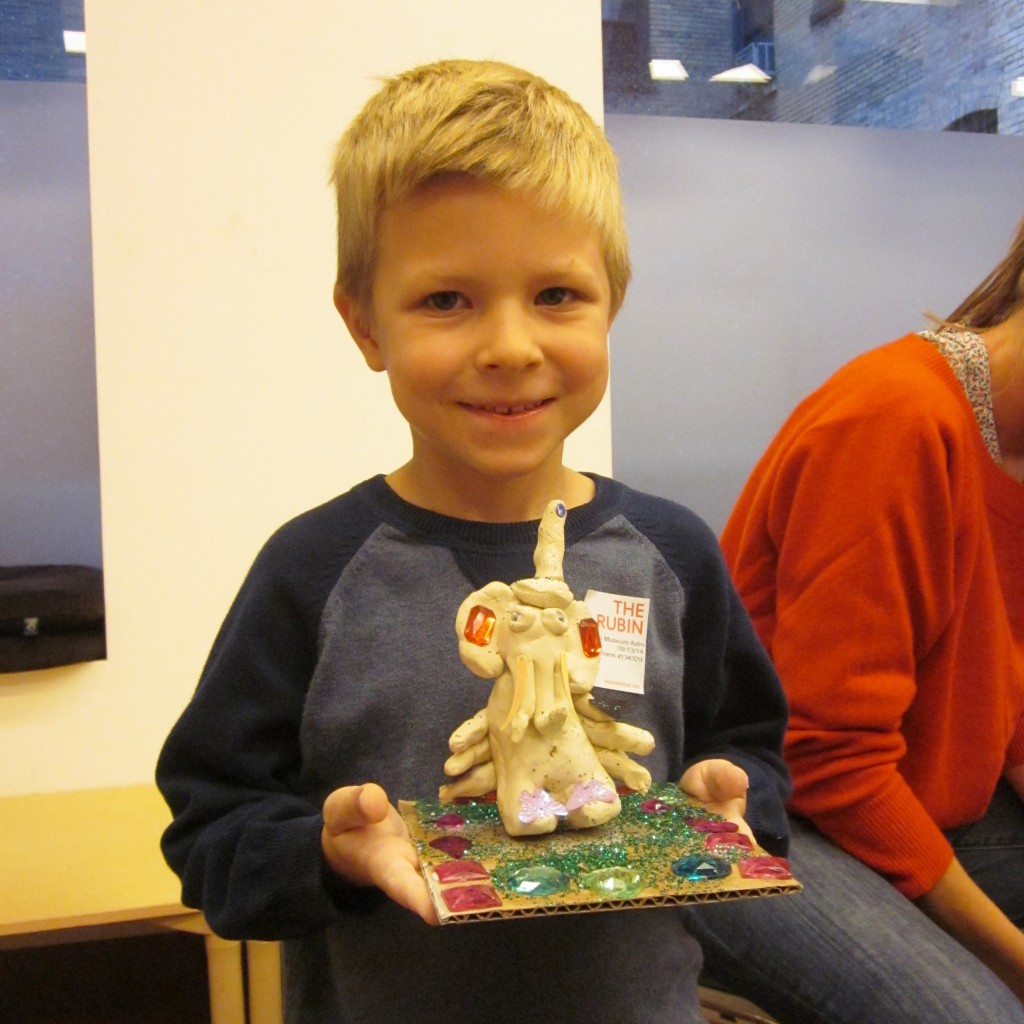
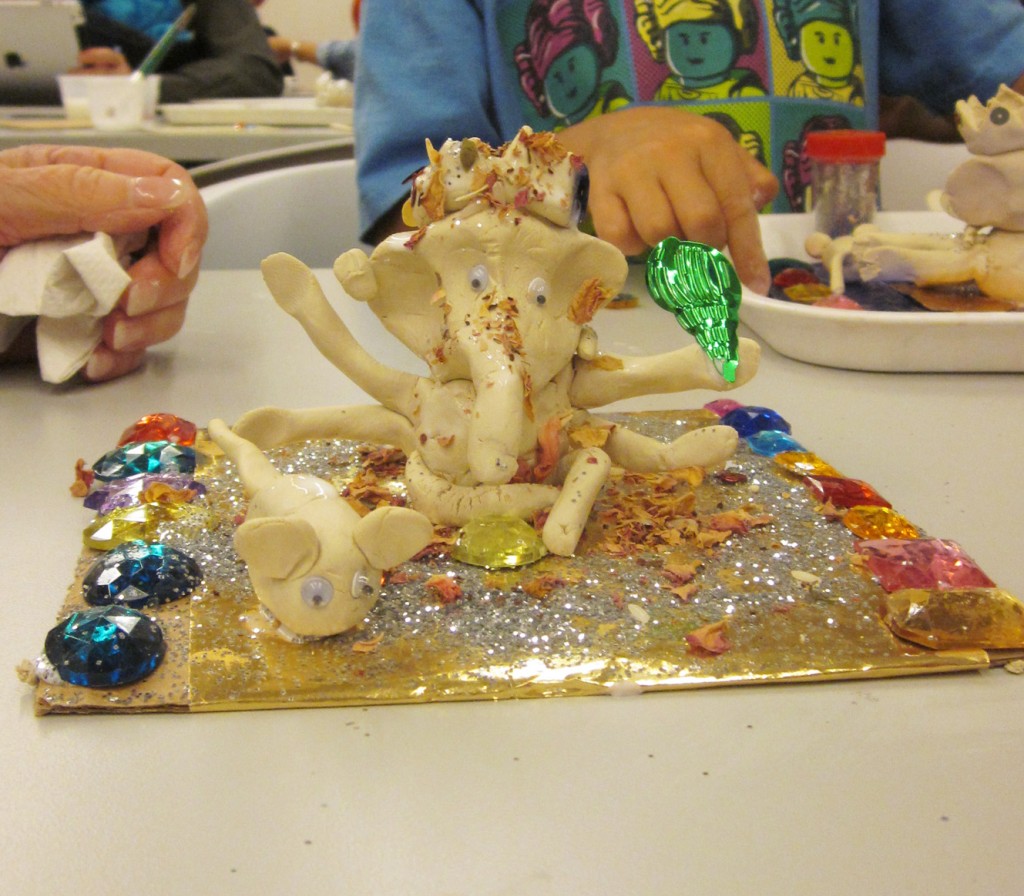
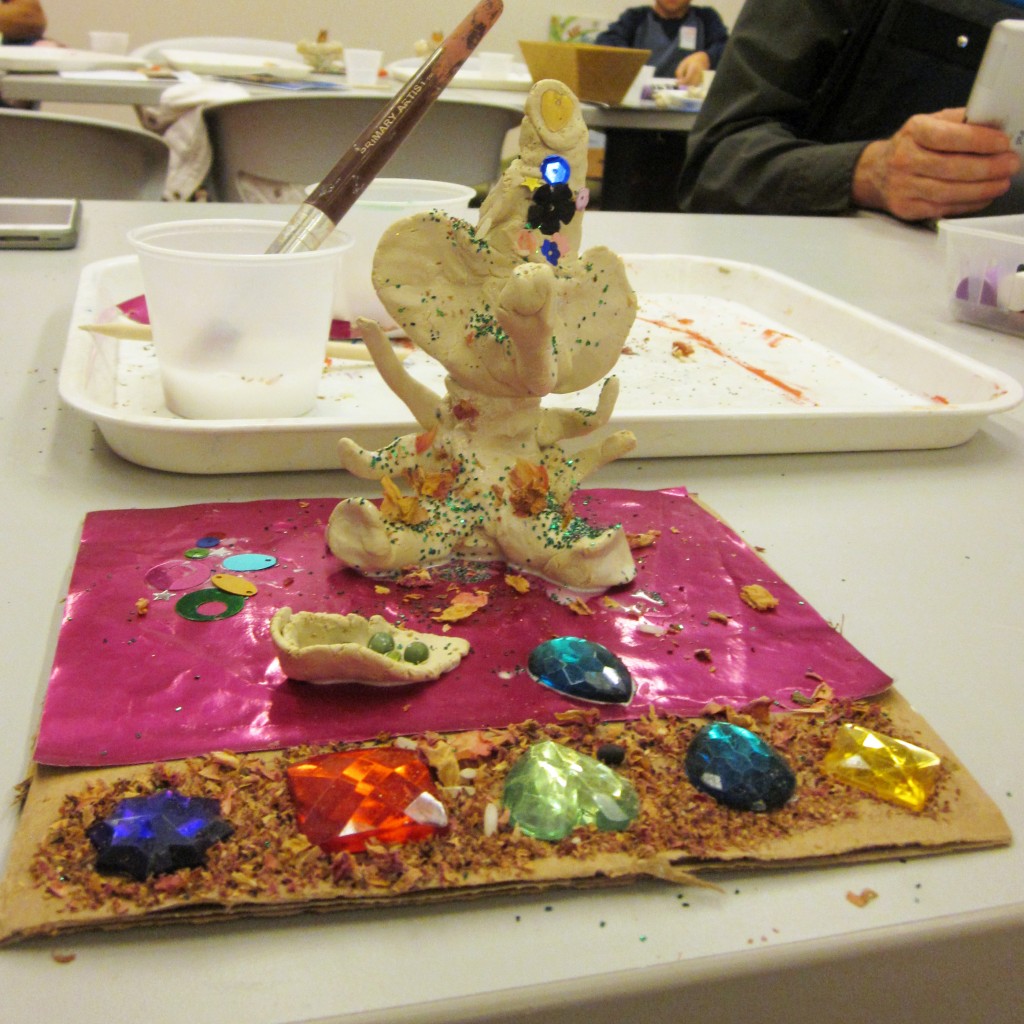


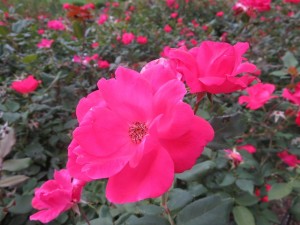
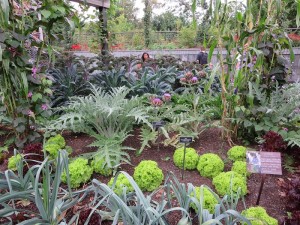
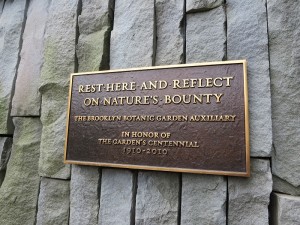
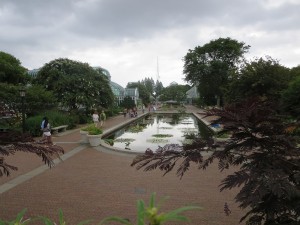
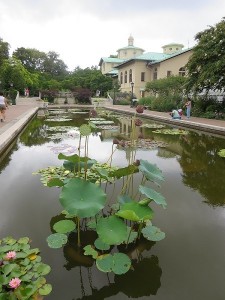
![gail photo for blog[3]](http://education.rma2.org/wp-content/uploads/2014/08/gail-photo-for-blog3-e1408471668844-300x277.jpg)


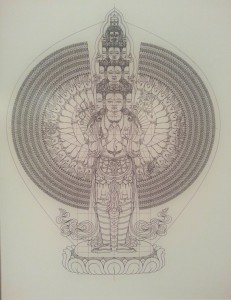
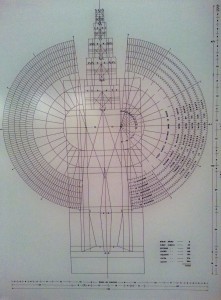
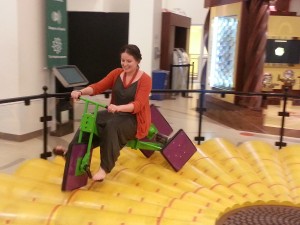
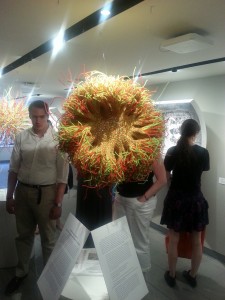
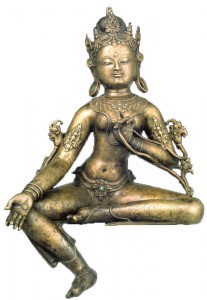
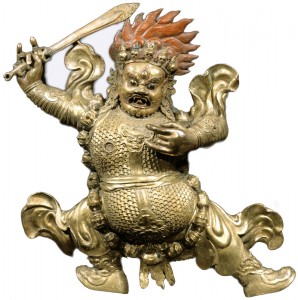
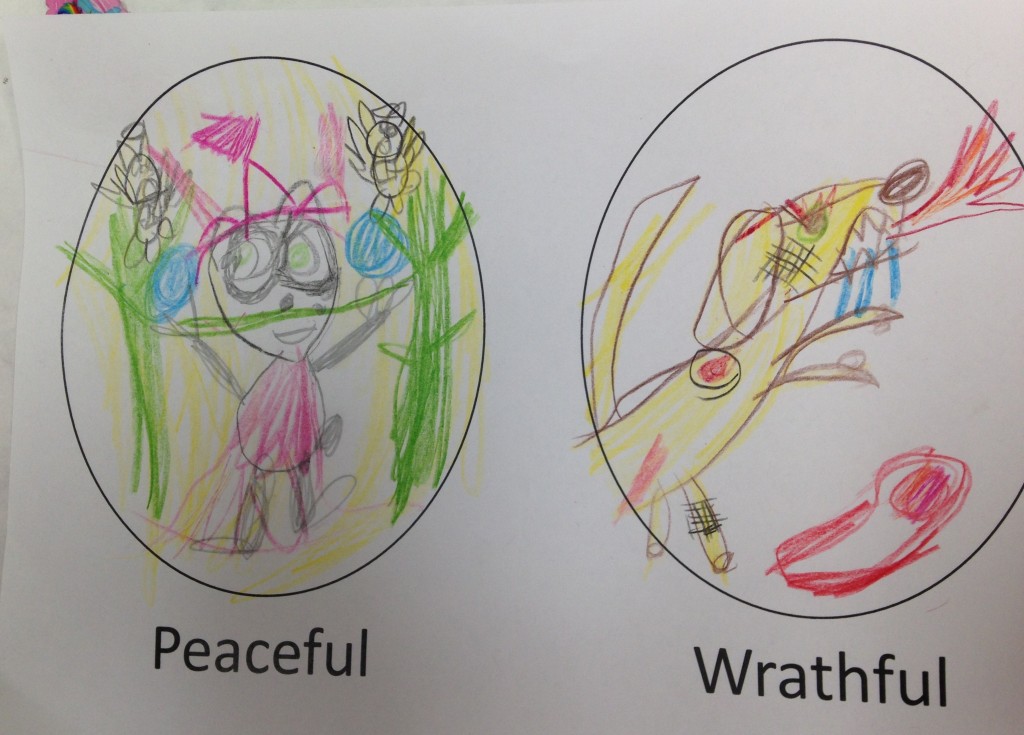
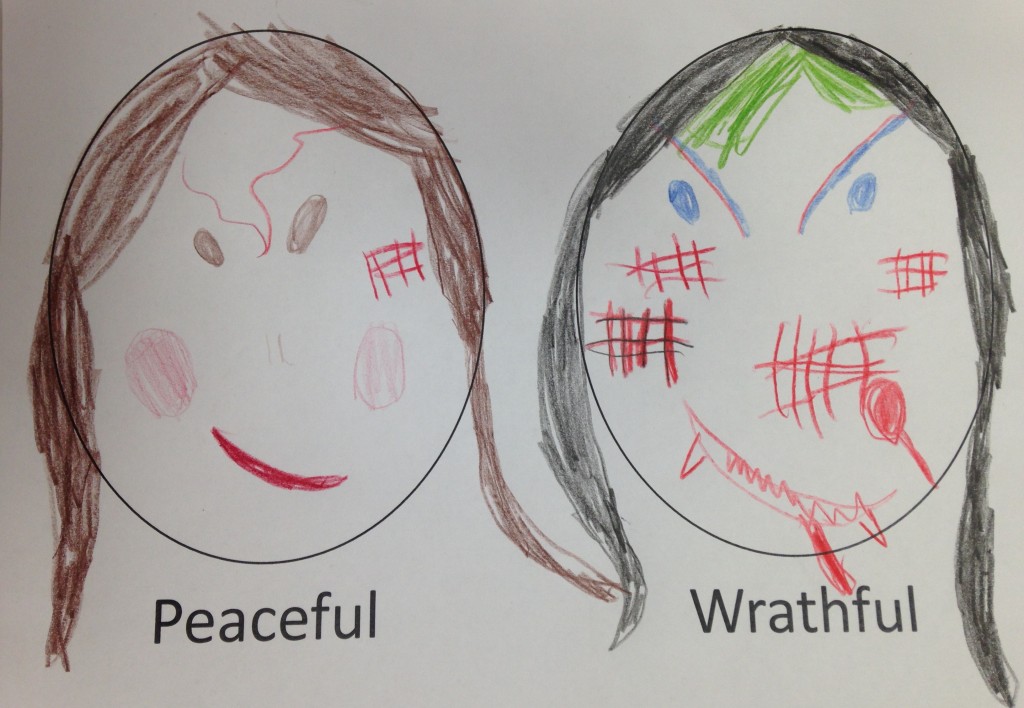

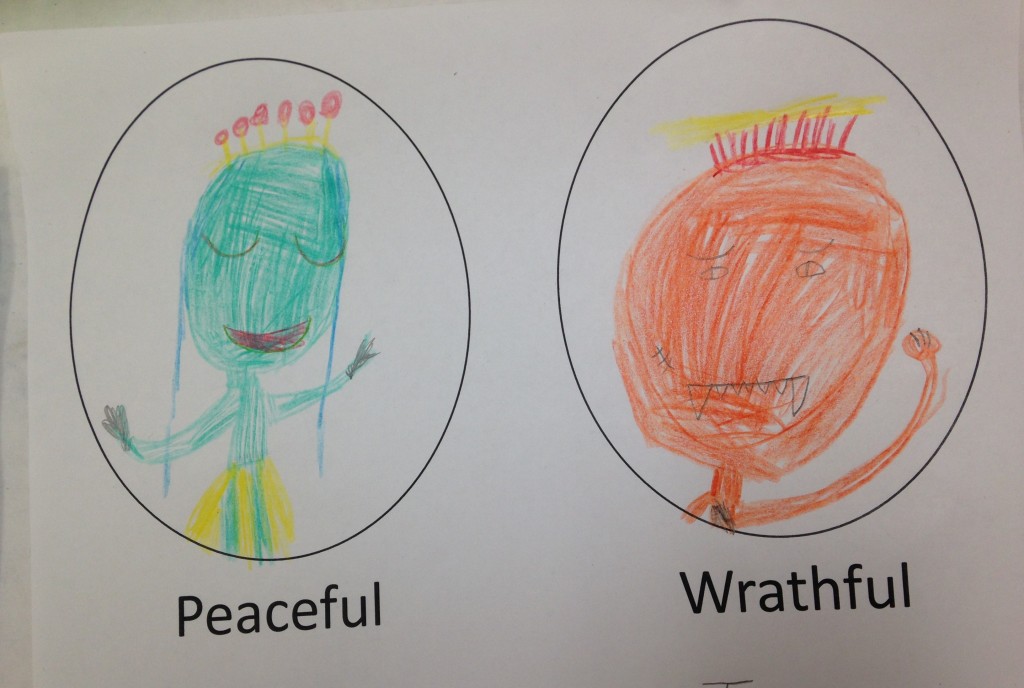
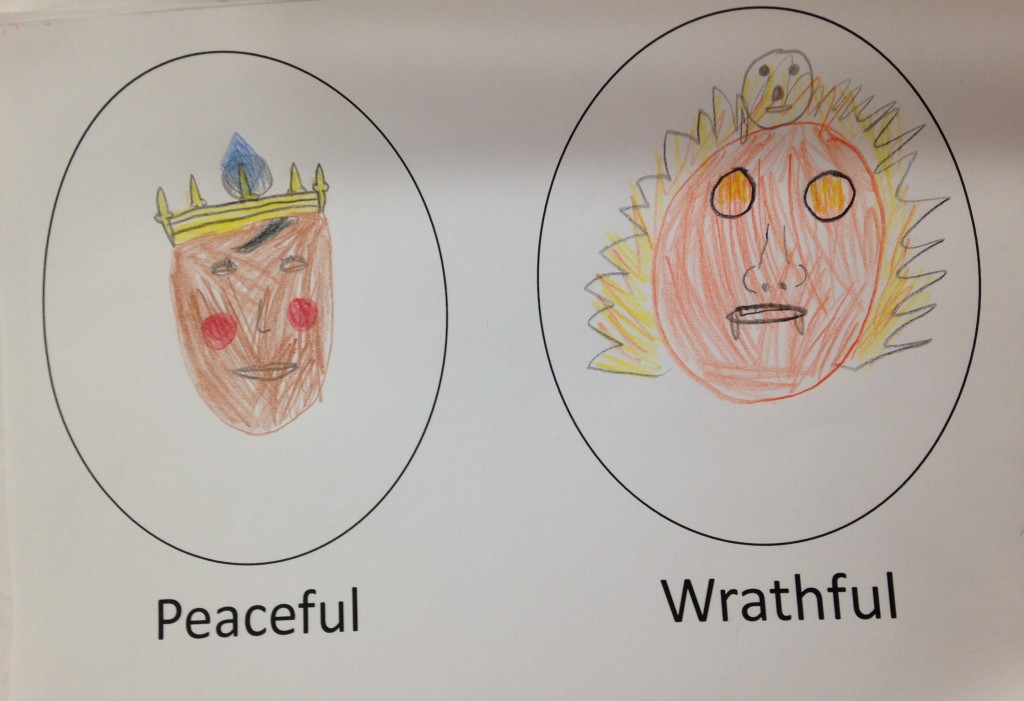

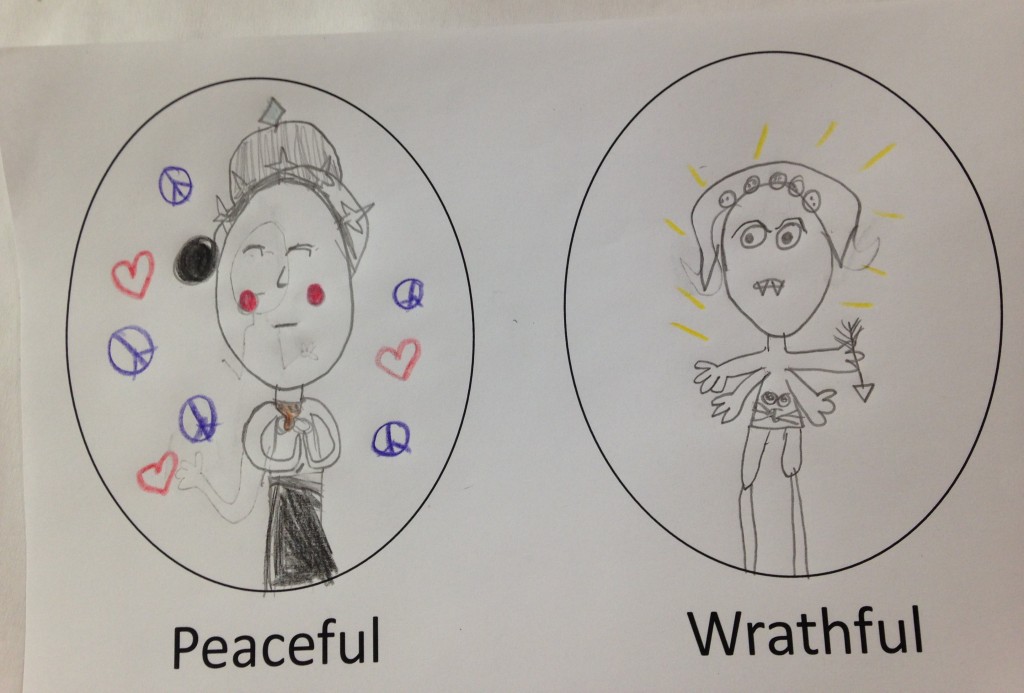
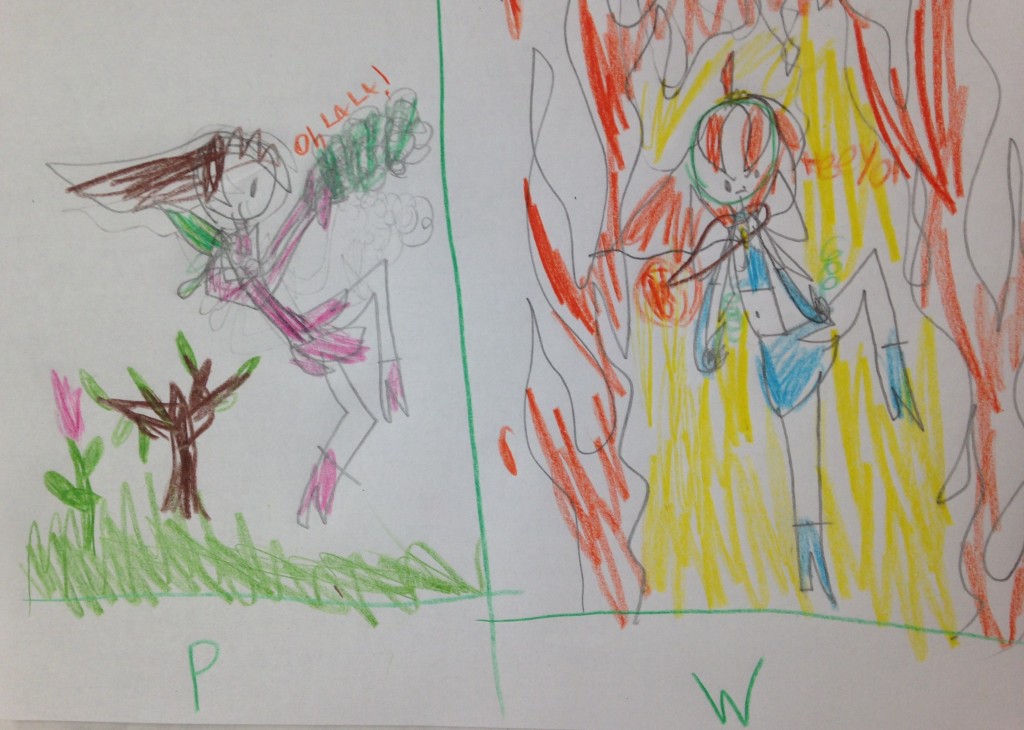 What kind of protector would you want?
What kind of protector would you want?
